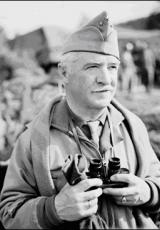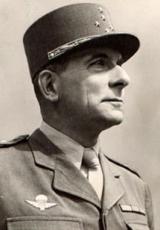The liberation of Marseille
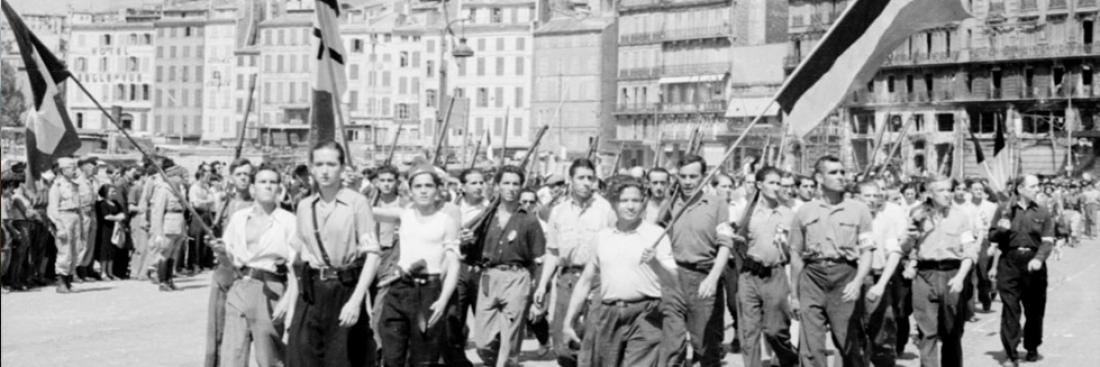
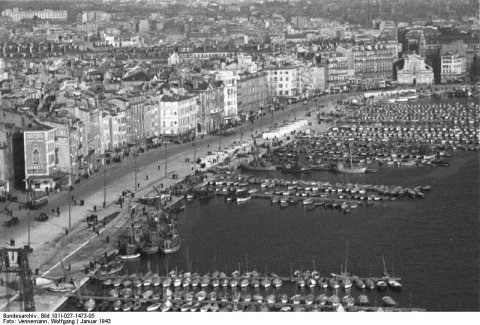
The north bank seen from the transporter bridge, just before it was destroyed in January 1943. Source: Deutsches Bundesarchiv.
The port of Marseille was of strategic interest for the Allies. But the garrison of this city received the order from Hitler to defend itself until the last round. However, German troops in Marseille were not up to the mission. The southern capital was held by 4,000 marine gunners and the 244th division of General Schaëffer.
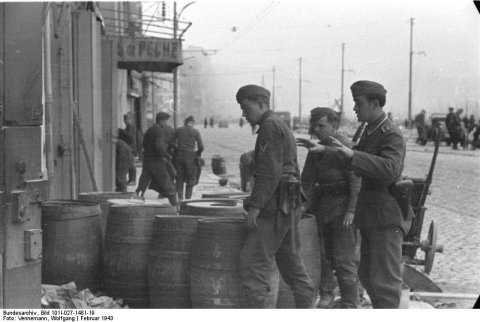
German troops in Marseille. Source: Deutsches Bundesarchiv.
It was a large unit, but second rate, with several battalions from Osttruppen, Russians wearing German uniform and a high proportion of aged or lame men. Incapable of any tactical movement and therefore of any flexible defence, the 244th division could only form a thin human curtain around the city's vast perimeter.
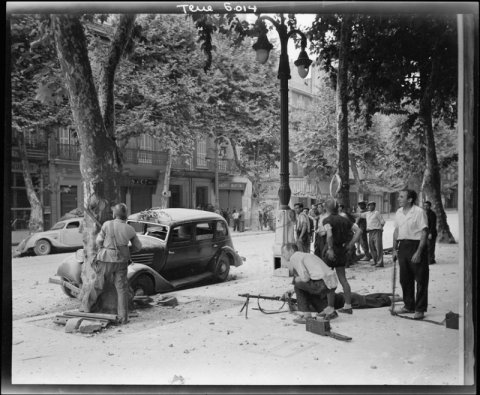
Bouches-du-Rhône, Marseille, street combat led by the FFI (Forces françaises de l'intérieur). August 1944. Source: ECPAD
Marseille was liberated by the troops of General de Monsabert, commander of the 3rd Algerian Infantry Division (DIA). On 19 August, the Forces françaises de l'intérieur (FFI) of Marseille rebelled. The call to strike became widespread. Fights took place between resisters and Germans. Despite the poor quality of their opponents, the resisters had little arms and had to rely on the rapid progression of the Allied units, which were several dozens of kilometres away to the east.

The first French tank, belonging to the 2nd RC (Régiment de Cuirassiers), arrives at 7pm in Marseille, where fighting for the city's liberation lasted six days. It moves in front of the Palais de Longchamp. August 1944. Source: ECPAD
On 23 August, the 3rd Algerian Infantry Division of General de Monsabert, the 1st Armoured Division of General Sudre and the 2nd and 3rd groupings of Moroccan tabors entered Marseille. General Schaëffer refused to capitulate.
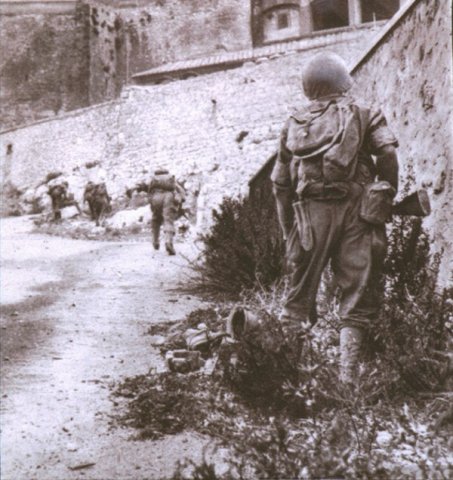
Algerian riflemen at the Notre-Dame de la Garde attack. Source : http://www.notredamedelagarde.com
The fights lasted for five days and were lethal. The North African units paid a heavy debt in liberating the southern capital. Over 1,500 deaths and 5,300 injured men are recorded for the regular troops and around one hundred dead for the FFI.
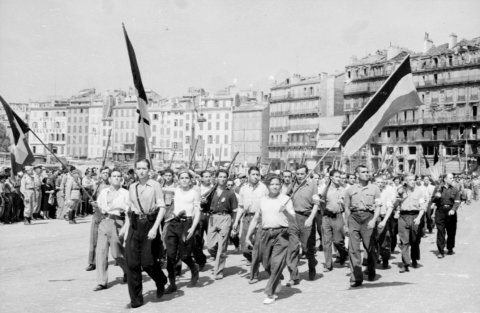
The FFI (Forces Françaises de l'Intérieur), which played a large role in the liberation of Marseille, parade on the Quai des Belges. August 1944. Source: ECPAD
On 28 August, General Schaëffer ordered the German garrison to put down its arms. Marseille was liberated on 29 August, one month before the date planned by the Allied Command.
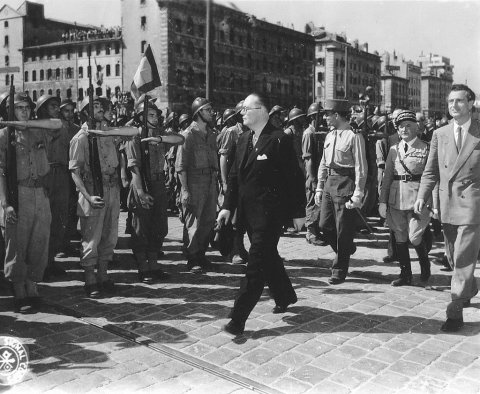
André Diethelm inspecting troops in liberated Marseille in August 1944. General de Lattre de Tassigny (in uniform, looking to the soldiers on his right) and Emmanuel d'Astier de La Vigerie, on the right. In the middle, wearing a peaked cap with oak leaves, General de Monsabert. Photograph taken on Quai de Rive-Neuve at the corner with Cours Jean-Ballard. Source: Conseil Régional de Basse-Normandie / National Archives USA
Unfortunately for the Allies, the port installations which had not been sabotaged by the Germans were seriously damaged by air and naval bombings For several weeks the port of Marseille was clogged with wrecks, making it impossible to use.
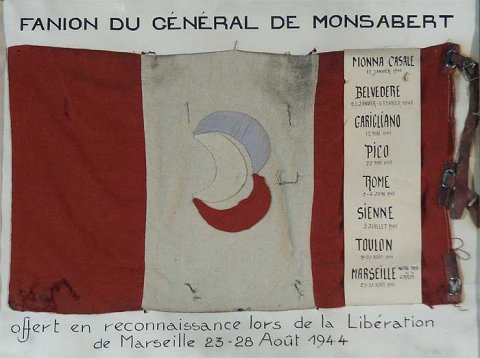
Pennant of General de Monsabert. Source: City of Marseille


